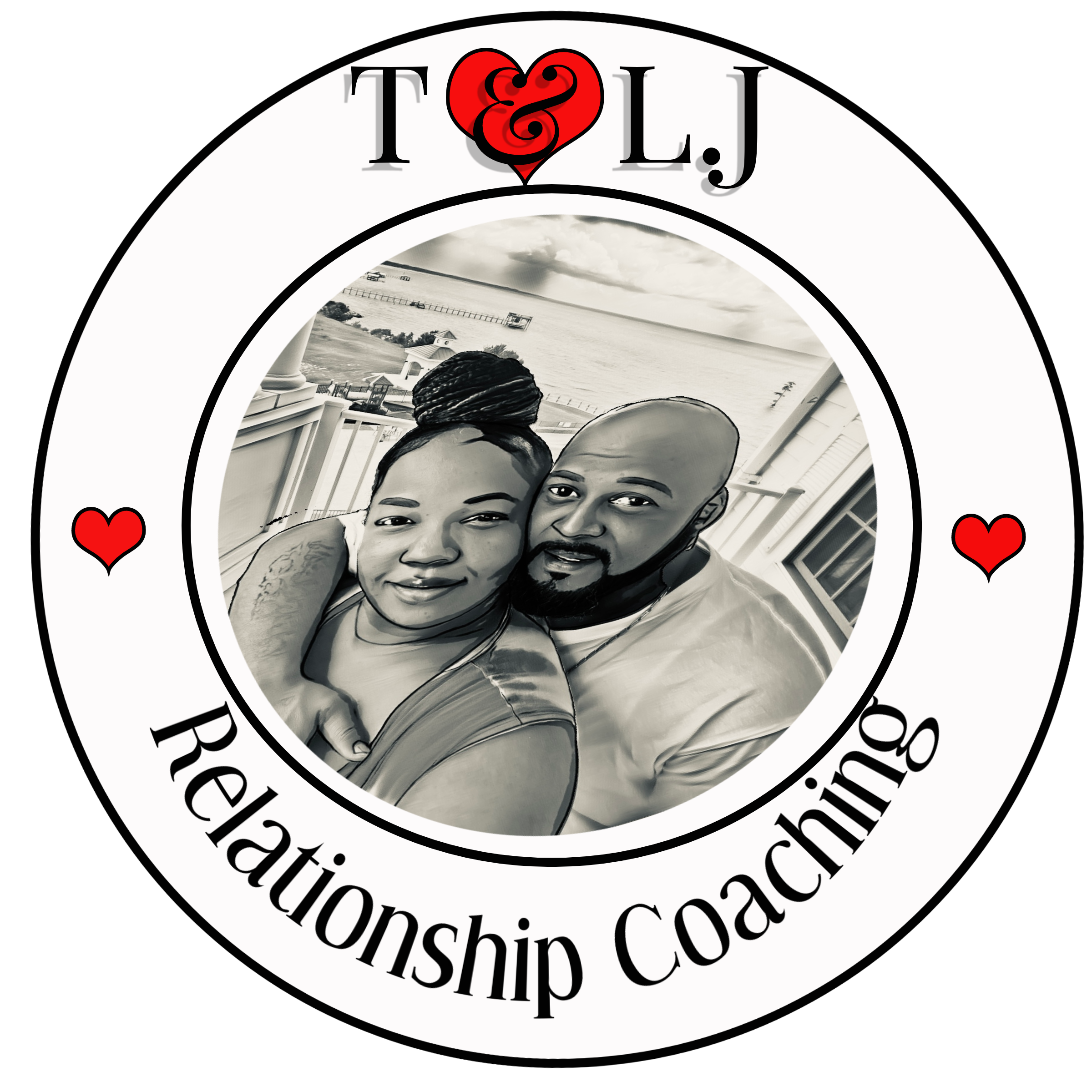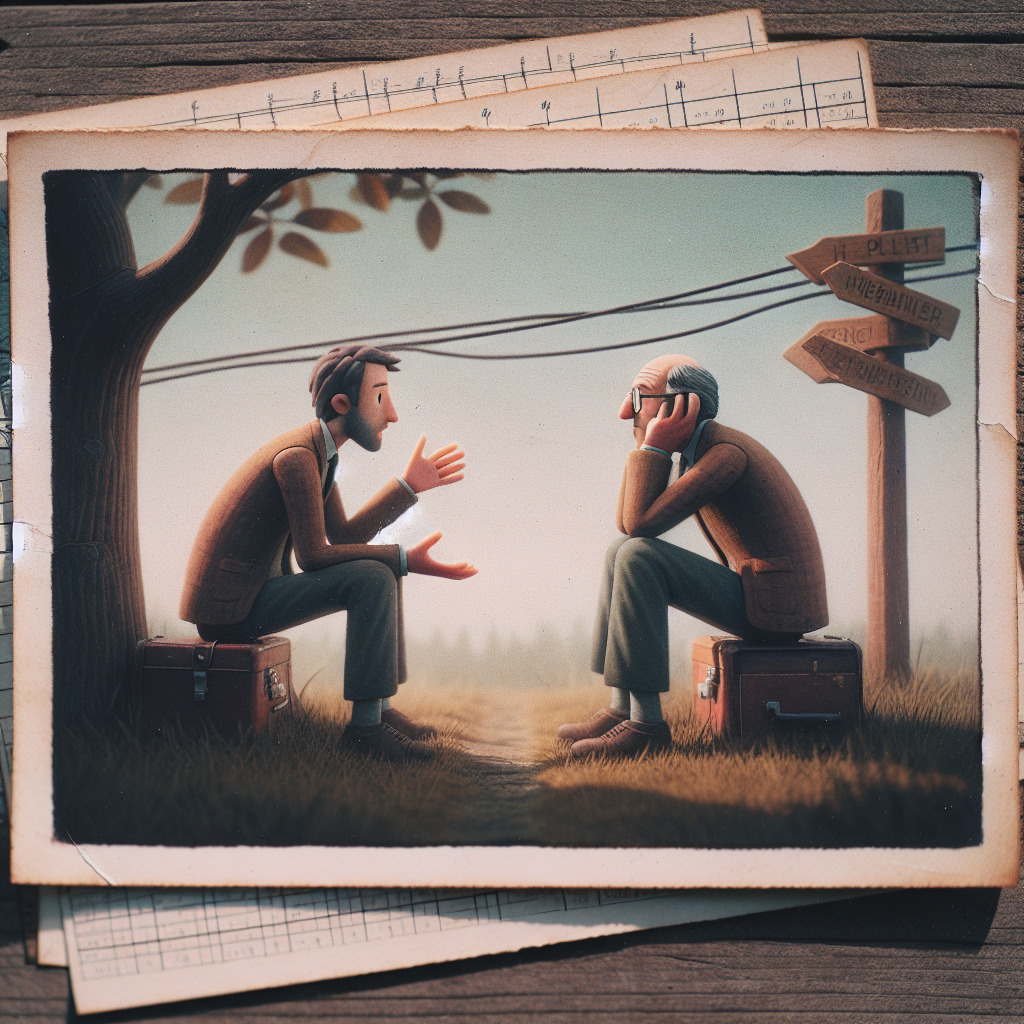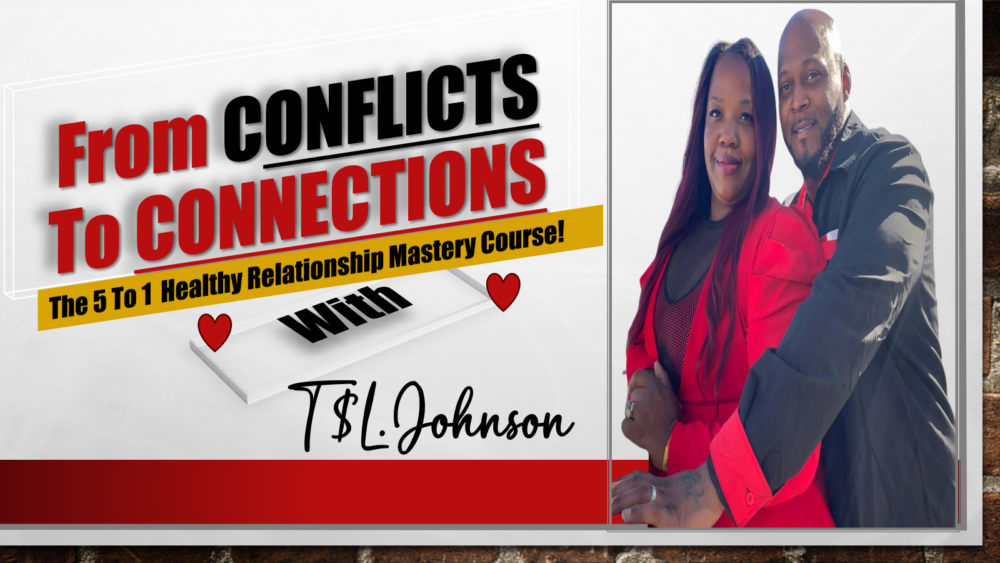Understanding the Importance of Calm Communication
Why Communication Style Matters
When I first started my journey in personal development, I realized just how much my communication style impacted my relationships. From the way I interacted with friends to professional encounters, shouting and raising my voice often got the wrong type of attention. People tend to react defensively to loud voices, which can lead to misunderstandings and conflict.
By shifting to a calmer approach, I found that people were more receptive to what I had to say. Calm communication fosters a safe environment where others feel comfortable expressing their thoughts without fear of being interrupted or dismissed. It acts like a bridge, leading to deeper and more meaningful interactions.
This understanding of the importance of tone and style laid the groundwork for my transformation. I started to look at communication differently—not as a tool for asserting dominance but as a means of connection and mutual understanding.
Strategies to Shift from Loud to Calm
Practice Active Listening
One of the fundamental strategies I embraced was active listening. It’s incredible how much this single skill can transform your conversations. By really tuning in, nodding, and confirming what the other person says, you not only make them feel valued but also get a clearer picture of their perspective.
I tried this approach during conflicts, and I was amazed at the results. Instead of jumping in with my own thoughts, I focused on weeding out emotions and understanding the root of what was bothering the other person. This had a magic effect on my responses, as I could then address their concerns without raising my voice.
This strategy isn’t just about listening; it’s about participating in a dialogue where both parties feel heard. When others know they can get their point across, it significantly lowers the temperature of the conversation.
Using Your Body Language Wisely
Non-Verbal Cues Speak Volumes
Let’s chat about body language—a big player in the communication game. Have you ever seen someone shouting but their body language feels closed off? That disconnect can confuse people. I learned to be conscious of my posture and facial expressions; they can either reinforce my words or completely contradict them.
In fact, when speaking softly, adopting a relaxed posture not only helped me convey calmness but also influenced how others responded to me. Leaning slightly forward shows engagement while maintaining an open stance can invite others to share more freely.
The beauty of this practice is that when you’re relaxed, others are more likely to respond in kind. It’s like setting the mood for the convo, creating an atmosphere where shouting isn’t necessary.
The Impact of Tone of Voice
Adjusting Your Vocal Modulation
The tone of voice we use can make or break a conversation. I made a conscious effort to modulate my tone—softening it when I felt the urge to shout. It’s fascinating how a simple tweak can alter the entire message. When I raise my voice, it often adds an unnecessary layer of tension to interactions.
By practicing a softer tone, I noticed that I could still express passion and assertiveness without volume. The key is to focus on clarity and emotion, rather than loudness. I learned to take deeper breaths before speaking, allowing my voice to calm down naturally.
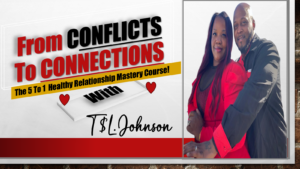
Moreover, it’s about drawing others in with your tone rather than pushing them away. When I noticed positive responses to my calmer voice, it made me want to stick with this style of communication more and more.
Building Empathy in Conversations
The Power of Perspective-Taking
Empathy has been a game-changer for me in terms of communicating calmly. By actively trying to put myself in another person’s shoes, I could relate better to their feelings, which lessened my defensive reactions and helped transition my conversations from confrontational to collaborative.
This perspective-taking isn’t just about understanding but also about validating feelings. I started to acknowledge others’ emotions in conversations, saying things like, “I can see that this is really important to you.” This simple acknowledgment often diffused any tension and encouraged openness.
Not only did this approach help in resolving conflicts, but it also built stronger relationships—creating trust and security. As a result, everyone involved felt safer expressing themselves without fear of being dismissed or deemed unworthy of attention.
Conclusion
Transitioning from shouting to speaking softly has been a transformative journey for me. It’s not just about lowering my volume; it’s about enriching communication with care, mindfulness, and genuine connection. When we embrace calmness in our conversations, we cultivate deeper, more meaningful relationships.
FAQ
1. Why is calm communication important?
Calm communication fosters a safe environment for dialogue, encourages people to express themselves openly, and leads to deeper understanding rather than conflict.
2. How can I practice active listening?
You can practice active listening by paying attention to the speaker, nodding, summarizing what they’ve said, and asking clarifying questions to show understanding.
3. What role does body language play in communication?
Body language conveys emotions and attitudes that can either support or contradict your words. An open posture and positive facial expressions enhance the message you’re trying to communicate.
4. How can I adjust my tone of voice?
You can adjust your tone by practicing softening your volume, using varied pitches, and focusing on conveying emotions through vocal dynamics without raising your voice.
5. How does empathy change conversations?
Empathy helps in understanding and validating others’ feelings, leading to a more cooperative atmosphere and reducing chances of confrontation in communication.
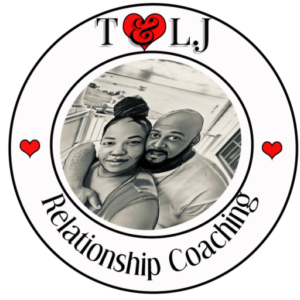
Schedule Your First 20-Minute Coaching
Call With Us Today to see if we fit . You pick the price!
Click Here
